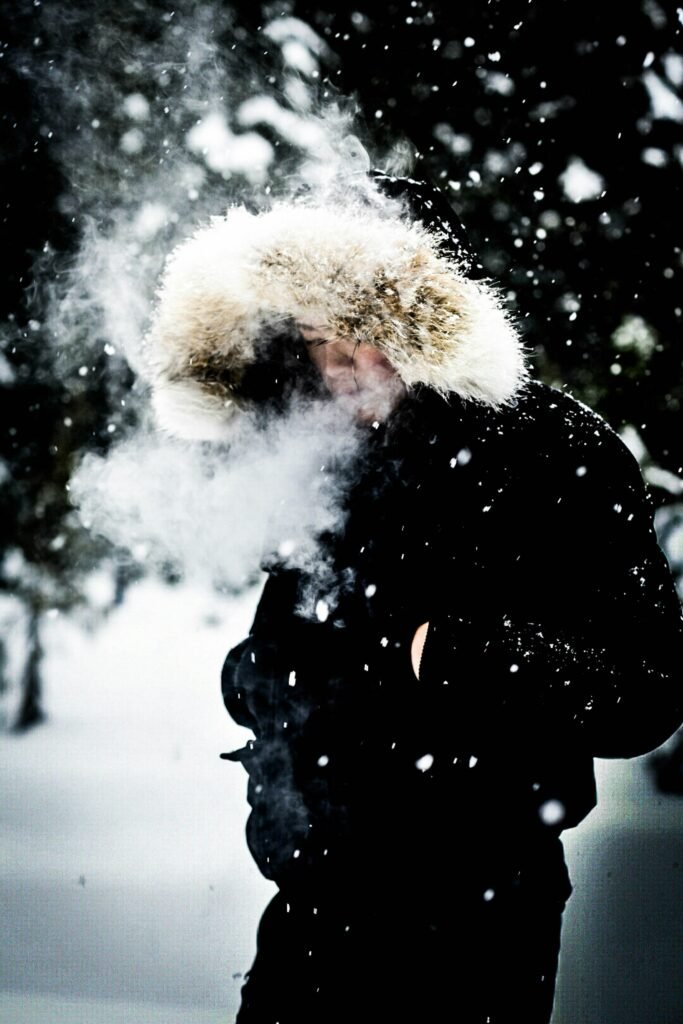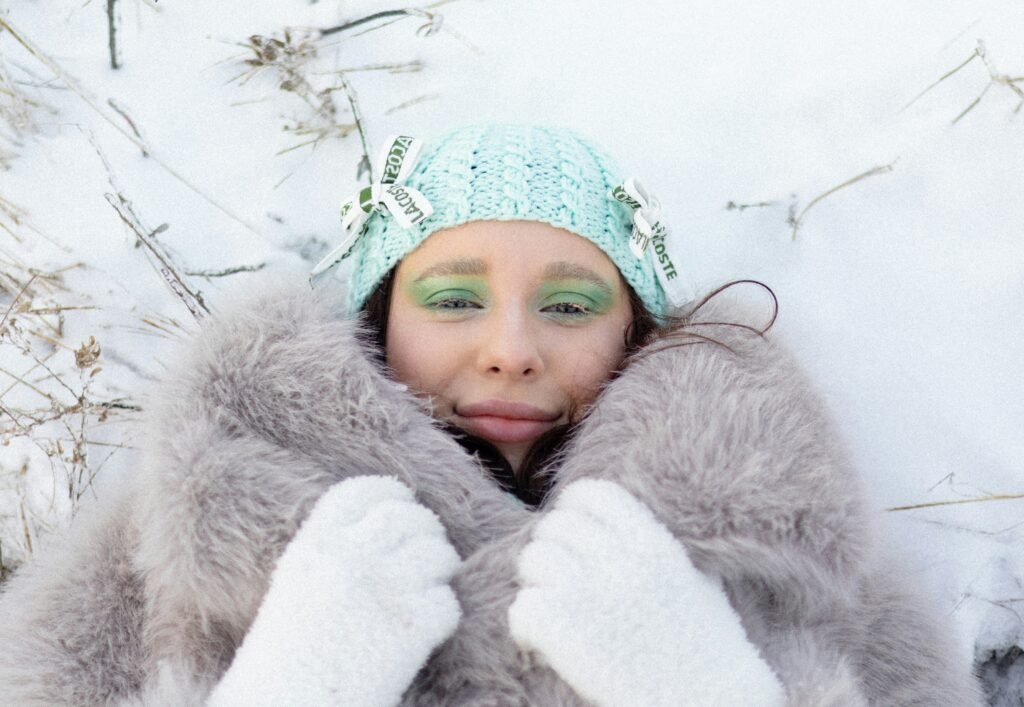What if there was a simple practice that could enhance your skin’s radiance and boost your circulation? One that doesn’t require fancy products or intricate routines? Let’s talk about cold plunging—this chilly trend has been making waves, and for good reason. You might be surprised to learn how stepping into cold water can impact your skin and your overall health.

Understanding Cold Plunging
Cold plunging is about immersing your body in icy water, typically between 50 to 59 degrees Fahrenheit. At first, it sounds a bit daunting, doesn’t it? But people have been doing this for centuries, often for various health benefits. You’ll find that it’s not just some modern wellness fad; it’s deeply rooted in history.
This practice has roots in many cultures. From the traditional Nordic ice baths to the Japanese practice of Misogi, which involves purification rituals through cold water immersion, it has been revered for its potential health benefits. As you consider trying it, keep in mind that it isn’t just about looking good; it’s about feeling good, too.
The Benefits of Cold Water Immersion
You may be wondering what changes you can expect if you take the plunge. Here’s a breakdown of some key benefits associated with cold plunging that can directly impact your skin and circulation.
| Benefit | Description |
|---|---|
| Improved Circulation | Cold water constricts blood vessels, which can enhance blood circulation upon warming up. |
| Reduced Inflammation | Cold temperatures can help minimize inflammation, leading to a reduction in skin issues like acne and eczema. |
| Boosted Mood | Immersion in cold water can release endorphins, which may improve your mood and overall mental health. |
| Enhanced Skin Appearance | The combination of increased blood flow and reduced swelling can give your skin a more youthful and vibrant look. |
By understanding the benefits, you can better appreciate why so many people swear by this practice. The immediate inputs of cold exposure trigger a cascade of positive effects throughout your body.
How Cold Plunging Affects Your Skin
Let’s get to the real talk—how does stepping into icy water play a role in your skin health? The answer lies in the physiological reactions your body undergoes and how they translate into skin benefits.
Improved Blood Circulation
When you immerse your body in cold water, your blood vessels constrict. This isn’t just a survival mechanism; it’s a way for your body to preserve heat and maintain core temperature. Once you warm back up, those blood vessels dilate, leading to increased blood flow.
This process makes your skin look better because more blood flow means more oxygen and nutrients reach your skin cells. You may find that your complexion becomes brighter and healthier with consistent cold plunges.
Inflammation Reduction
If you struggle with skin conditions like rosacea or acne, you know how inflammation can exacerbate these issues. Cold water can serve as a natural anti-inflammatory agent. When your body experiences cold, it lowers the temperature of your skin and, in turn, reduces swelling.
After a cold plunge, you may also feel a decrease in redness, which can be especially beneficial for those sensitive skin areas. This cooling effect can calm irritated skin and promote a clearer complexion over time.
Tightening Pores and Firmness
Another lovely side effect of cold plunging is its ability to tighten your pores. When you expose your skin to cold temperatures, the pores contract, making them appear smaller. Not only does this help reduce the appearance of pores, but it can also lead to firmer-looking skin.
If you’ve ever wondered how to get that “lit-from-within” glow, this is a step in the right direction. It’s about enhancing your skin’s elasticity and achieving that youthful firmness we all desire.
Cold Plunging for Circulation
Now that you understand its benefits for your skin, let’s shift gears and focus on circulation. Good circulation is crucial not just for your skin’s appearance but for your overall health.
Why Circulation Matters
Good blood circulation supports various bodily functions. It delivers vital oxygen and nutrients to your organs and muscles while removing toxins. When your circulation is poor, you may experience fatigue, cold extremities, and even chronic pain.
How Cold Plunging Boosts Circulation
When you plunge into cold water, your body enters a state of shock. This might sound extreme, but it stimulates your heart and encourages blood flow throughout your system. Here’s what happens:
- Vasoconstriction: Initially, blood vessels narrow to retain heat.
- Vasodilation: Once you warm up, blood vessels expand, leading to increased blood flow.
- Oxygen and Nutrients: Enhanced circulation means more oxygen and nutrients reach your cells.
The Heart-Healthy Aspect
In addition to improving your circulation, cold plunging can also support heart health. Regularly exposing your body to cold temperatures can lead to better cardiovascular function over time. Your heart has to work harder when you’re immersed in cold water, leading to a better capability in pumping blood, thus potentially lowering blood pressure and making your heart more efficient.
The combination of improved circulation and cardiovascular health contributes to a well-functioning body, allowing you to feel not only refreshed but energized.
Getting Started with Cold Plunging
Thinking about giving cold plunging a try? Here are some practical tips to help you ease into the chilly waters.
Choosing Your Cold Plunge Method
Cold plunging isn’t “one size fits all.” There are several methods you can choose from, depending on your comfort and accessibility:
- Cold Showers: Start by transitioning into colder water during your regular showers. Begin with lukewarm and slowly decrease the temperature.
- Ice Baths: If you’re feeling adventurous, consider filling a bathtub with cold water and ice. This offers a more intense cold experience.
- Natural Bodies of Water: Swimming in natural cold waters, like lakes or rivers, is another option but be sure it’s safe.
Each method has its own advantages and challenges. You might find that certain methods suit you better than others based on your environment.
Duration and Frequency
You might wonder how long you should stay in the cold water. It depends on your level of comfort and experience:
- Beginners: If you’re just starting out, aim for about 30 seconds to 1 minute.
- Intermediate: Once you’re accustomed, aim for 2-5 minutes.
- Advanced: Experienced cold plungers can go for 5-10 minutes, but always listen to your body.
Warm Up Properly
Once you’ve plunged into those icy depths, a warm-up is crucial. Gradually reintroducing warmth helps signal your body that it’s okay to return to its normal state. Here are some ways to warm up effectively:
- Dry Off: Use a towel to pat yourself dry; avoid rubbing too harshly.
- Layer Up: Put on warm clothing to help retain heat.
- Movement: Engaging in light physical activities, like stretching or walking, can naturally increase your body temperature.

Safety Precautions and Considerations
While cold plunging can offer various benefits, it’s essential to consider safety and listen to your body.
Consult a Professional
If you have existing medical conditions, particularly cardiovascular issues, it’s wise to consult with a healthcare professional before starting a cold plunging routine. They can help determine whether this practice is safe for you.
Know Your Limits
Everyone has different thresholds for cold exposure. Start gradually, and don’t push your comfort levels. It’s crucial to recognize when your body is telling you to get out, especially if you start feeling dizzy or overly uncomfortable.
Stay Hydrated
Hydration is vital, especially before and after cold plunging. Your body may go through additional stress, and staying hydrated can help mitigate any negative effects.
Cold Plunging and Your Lifestyle
Integrating cold plunging into your routine doesn’t have to be complicated. Here’s how you can easily incorporate it into your lifestyle.
Morning Routine
Consider starting your day with a cold shower or brief ice bath. This can energize you and prepare your body for the day ahead. You might find that the invigorating rush gives you the same jolt as that morning coffee.
Pre-Workout
Using cold plunging before a workout can prepare your body by activating your circulatory system. It’s an excellent way to wake up your muscles and enhance performance. Additionally, post-workout cold plunges can help with muscle recovery, so consider alternating between hot and cold exposure.
Stress Relief
Experiencing a tough day? A quick plunge might help reset your mind and provide a refreshing break from your routine. The endorphins released during cold immersion can shift your focus and elevate your mood.

The Science Behind the Chill
Curious about the science backing cold plunging? It’s not just anecdotal; various studies dive into the biological effects of cold exposure.
Cold Shock Proteins
One intriguing aspect of cold immersion is its ability to activate cold shock proteins in your body. These proteins are essential for cellular repair. When your body experiences cold stress, it triggers a response at the cellular level that can, over time, promote healthier skin and improve resilience to environmental stressors.
Mental Resilience
Beyond physical benefits, cold plunging encourages mental toughness. Overcoming that initial shock of cold water can train your mind to handle discomfort. This newfound resilience extends beyond plunging into other aspects of life. You may find yourself more equipped to handle stressful situations.
Final Thoughts
The practice of cold plunging offers a multitude of benefits for your skin, circulation, and overall mental well-being. While it may seem intimidating at first, the potential payoffs are worth considering. With a slow and steady approach, you could find that these chilly immersions become a cherished part of your routine.
Are you ready to take the plunge? You just might find that the icy waters are not only invigorating but transformative in ways you never expected. Enjoy the journey of discovery—because sometimes, stepping outside of your comfort zone is precisely what you need to enhance your well-being.


